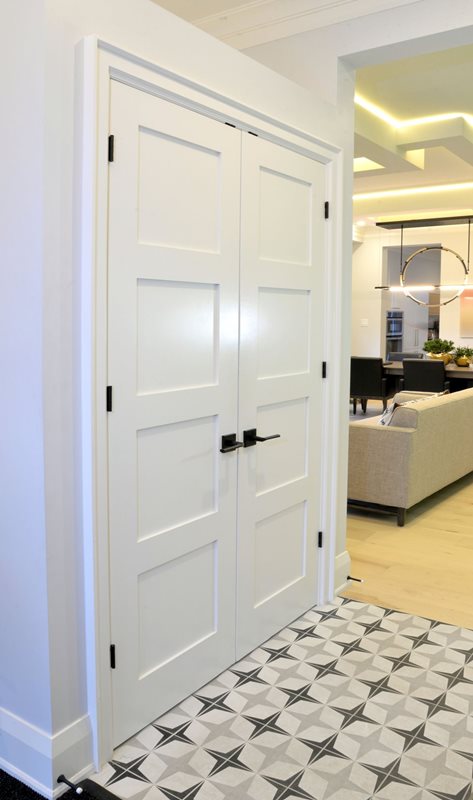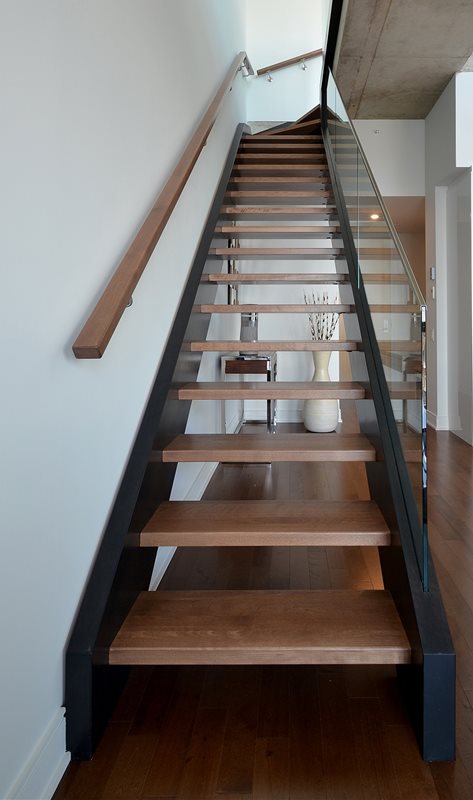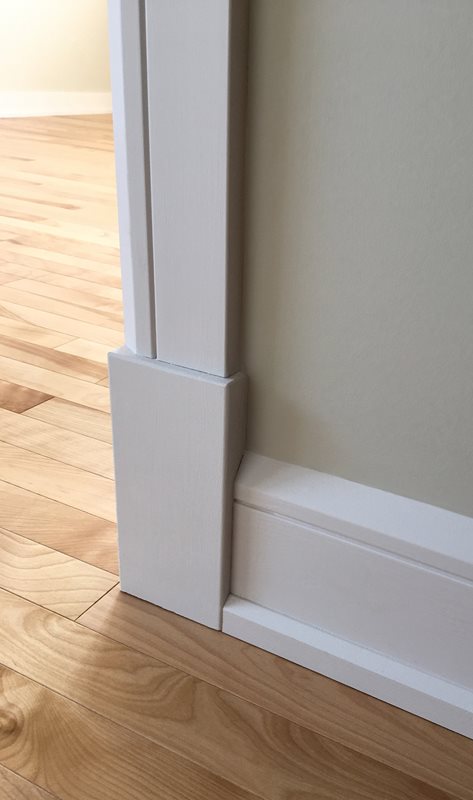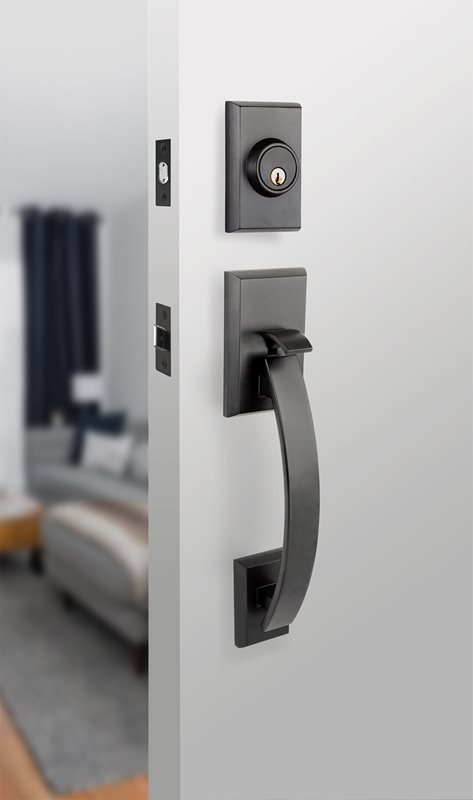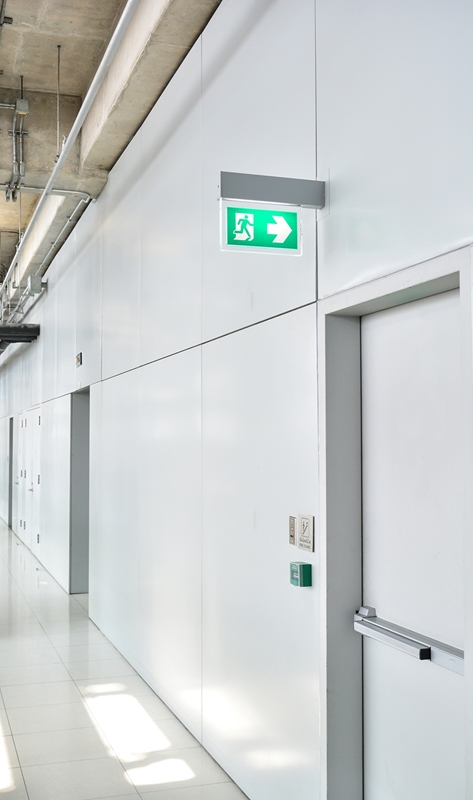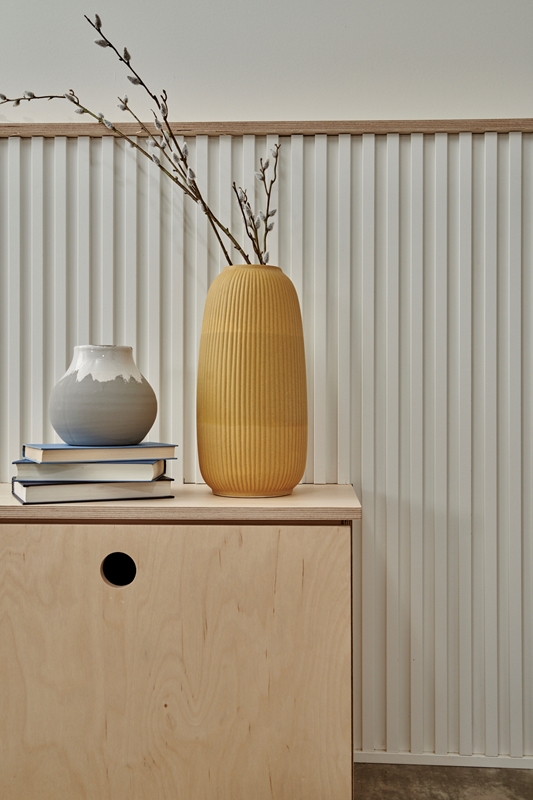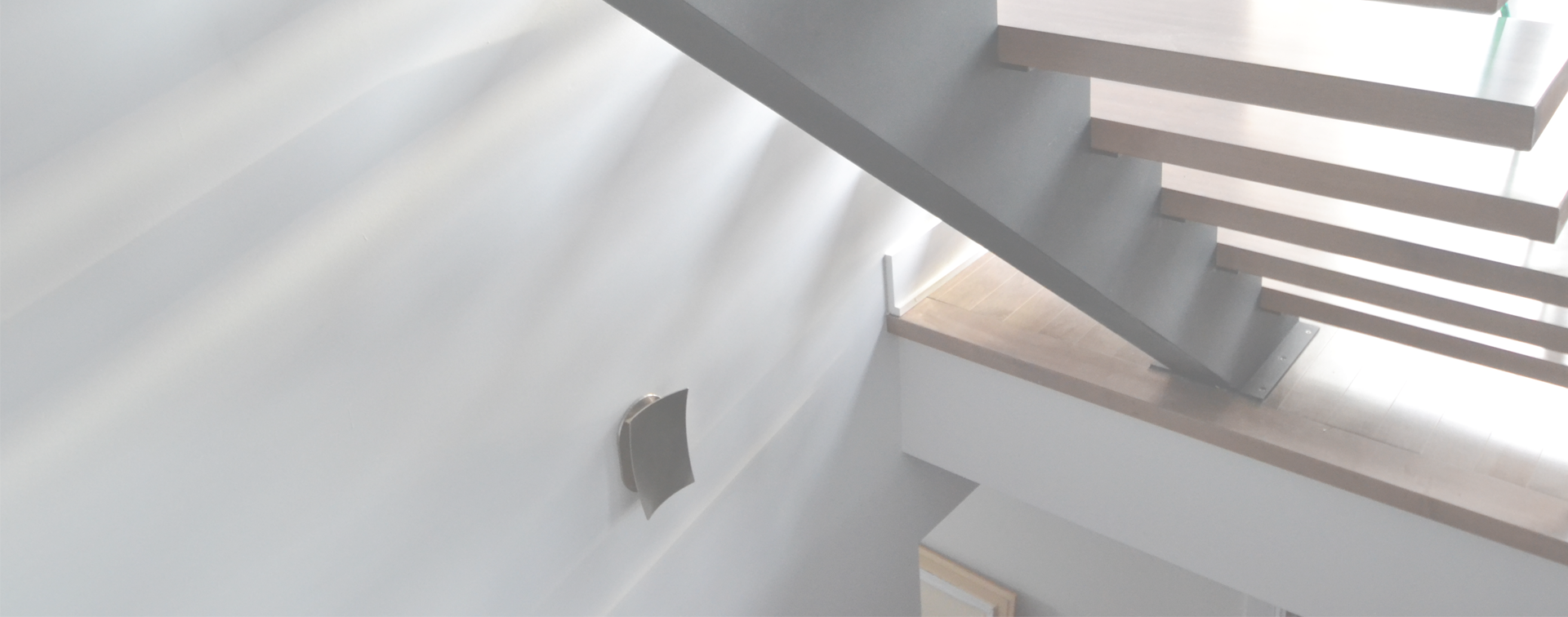You wish to build a staircase or renovate your existing staircase. If that's the case, you've come to the right place. Did you know that you can personally undertake several steps of your staircase, even entirely build and install your staircase on your own?
To help guide you through this process, we’ve developed a guide that explains the 4 main steps of building a staircase. After reading this, you'll be able to determine how you wish to proceed with your interior staircase project.
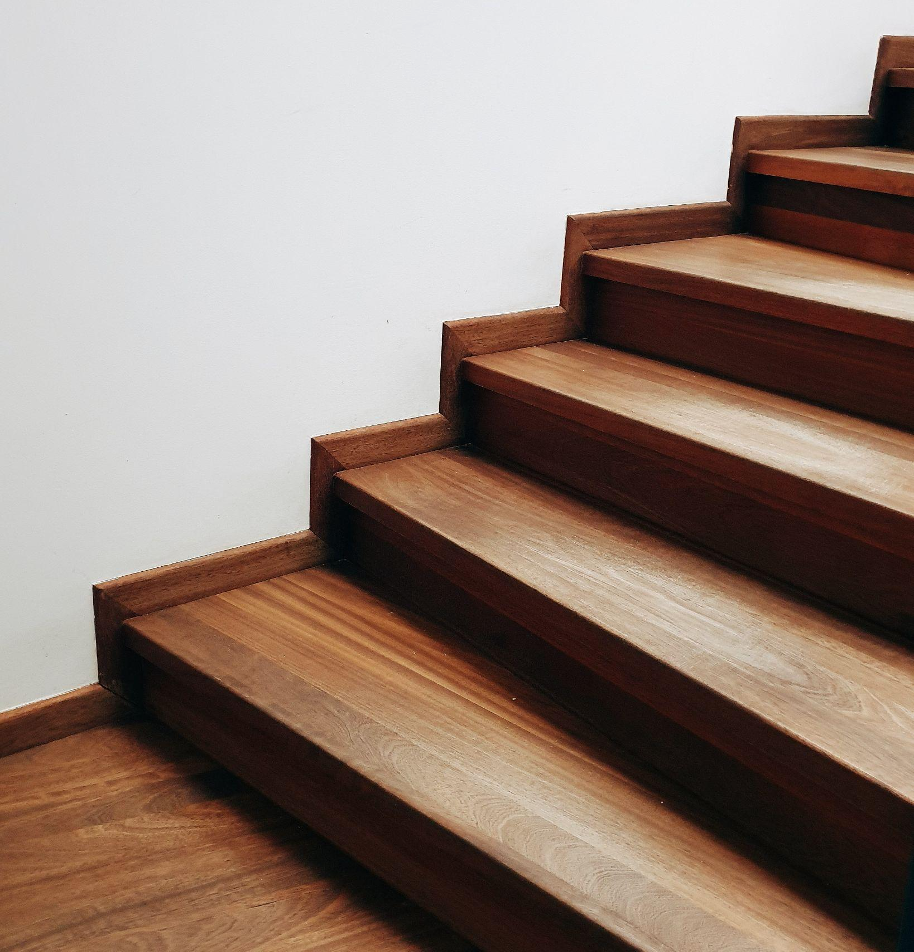
First step: choose the staircase type and determine its measurements
Before you even buy your materials and proceed with setting up your interior staircase, you’ll need to determine the staircase style that you wish to have. Remember to check with the Régie du bâtiment du Québec to ensure that your project complies with the regulations.
In terms of available choices for interior staircases, there are straight staircases, L-shaped staircases, U-shaped staircase and spiral staircases. Once the staircase type has been decided, you’ll need to take some preliminary measurements and determine the height of the risers and the number of steps to be installed.
Finally, there are several types of stringers. Some are apparent and others are not. So depending on the style that you want for your staircase, you can choose the type of stringer to install.
- The types of stringer: cut stringer and mortise stringer.
Second step: choose the necessary material(s)
The second step is to choose the type of material that you want for your interior staircases. Depending on the style and design that you wish to give to your room, the chosen material will play an important role.
The most frequently used material is wood. Firstly, because it is usually less expensive than other materials, but also because it gives a classic look to a room and fits well with most interior decor.
There are also other types of materials such as staircases made of aluminum, concrete or even glass. Depending on your preferences and the budget that you want to allocate to this project, you’ll be able to determine the ideal material.
Here are some characteristics specific to each of the materials:
- Wood: a more affordable material that fits well with several styles
- Aluminum: ideal for multi-landing staircases (especially used outdoors)
- Concrete: sturdy and ideal for outdoor staircases
- Glass: gives a more sophisticated and luxurious style
In addition to the materials that will be necessary for the manufacture of your steps, you’ll also need to buy handrails, balusters and posts in order to complete your interior staircases.
Step 3: positioning the interior staircase
Now that you’ve determined the staircase to be built and the materials have been purchased, you’re ready to start the work. In order to start building your staircase, you must first make the stringers. If you’ve bought a prefabricated stringer, you avoid the cutting step.
- Prepare the stringers
- Calculate the stringer's length
- Cut holes in the stringers for steps and risers, if necessary.
- Attach the stringers to the landing step of the upper level.
- Attach the risers and then the steps to the stringer
Step four: finishing
After installation of your interior staircase, you can add a few final touches such as varnishing, painting or staining the wood of the steps. You must also install the banister, posts and handrails at this stage.

Construction standards for an interior staircase
There are several styles of staircases and if you look through a range of magazines, you'll certainly find several to your liking. However, remember that you must comply with the standards of the Régie du bâtiment du Quebec when choosing and installing your interior staircase.
Examples of regulations issued by the Régie du bâtiment du Quebec regarding staircases in a private location include:
Riser height: 125 to 200 mm
Step depth: 235 to 355 mm
Step run: 210 to 355 mm
For more information on building standards, visit the website of the Régie du bâtiment du Quebec.
Install your dream staircase!
At Intermat, we have everything that you need for your staircases. We’re your #1 reference when it comes to interior staircases. Our products include handrails, wooden balusters, metal balusters, posts, stringers as well as staircase accessories. Contact us if you have any requests or questions about interior staircases.





